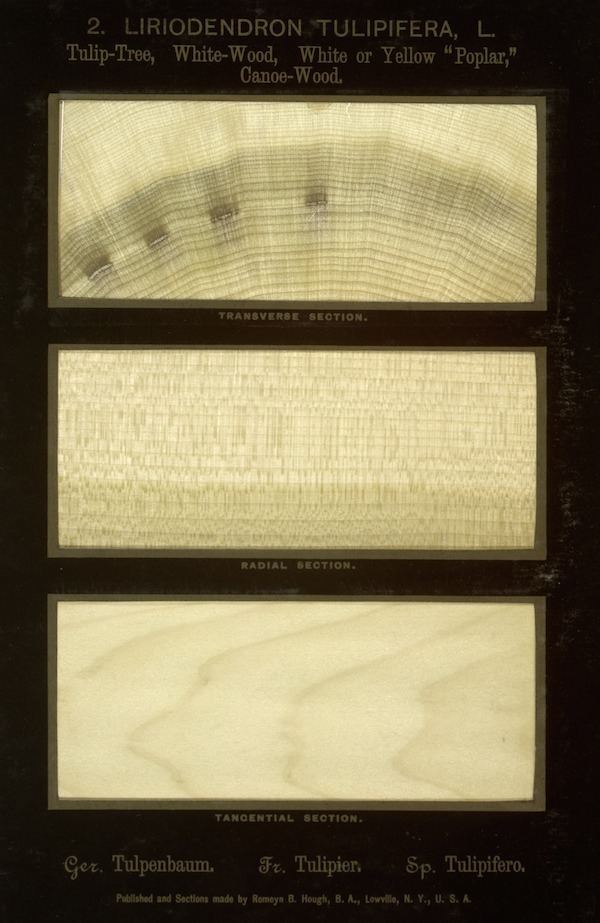 | ||
Most commonly, tulipwood is the pinkish yellowish wood yielded from the tulip tree, found on the Eastern side of North America and also in some parts of China. In the United States, it is commonly known as tulip poplar or yellow poplar, even though the tree is not related to the poplars. In fact, the reference to poplar is a result of the tree's height, which can exceed 100 feet. The wood is very light, around 490 kg per cubic meter, but very strong and is used in many applications, including furniture, joinery and moldings. It can also be stained very easily and is often used as a low-cost alternative to walnut and cherry in furniture and doors.
Contents
Brazilian
Brazilian tulipwood is a different species. A classic high-quality wood, it is very dense with a lovely figure. It is used for inlays in furniture and for small turned items. Available only in small sizes, it is rarely used in the solid for luxury furniture. Like other woods with a pronounced figure it is rather strongly subject to fashion.
In the nineteenth century Brazilian tulipwood was thought to be the product of Physocalymma scaberrima, but in the twentieth century it became clear it was yielded by a species of Dalbergia. At some point it was misidentified as Dalbergia frutescens var. tomentosa, a misidentification which can still be found in books aimed at the woodworker. For some decades it has been known to be yielded by Dalbergia decipularis, a species restricted to a small area in Brazil.
Australian
There also exists the Australian "tulipwood", the common name of Harpullia. Certain varieties of Harpullia were prized for their dark coloured timber. The one most commonly known to horticulture is H. pendula which is widely planted as a street tree along the east coast of Australia.
